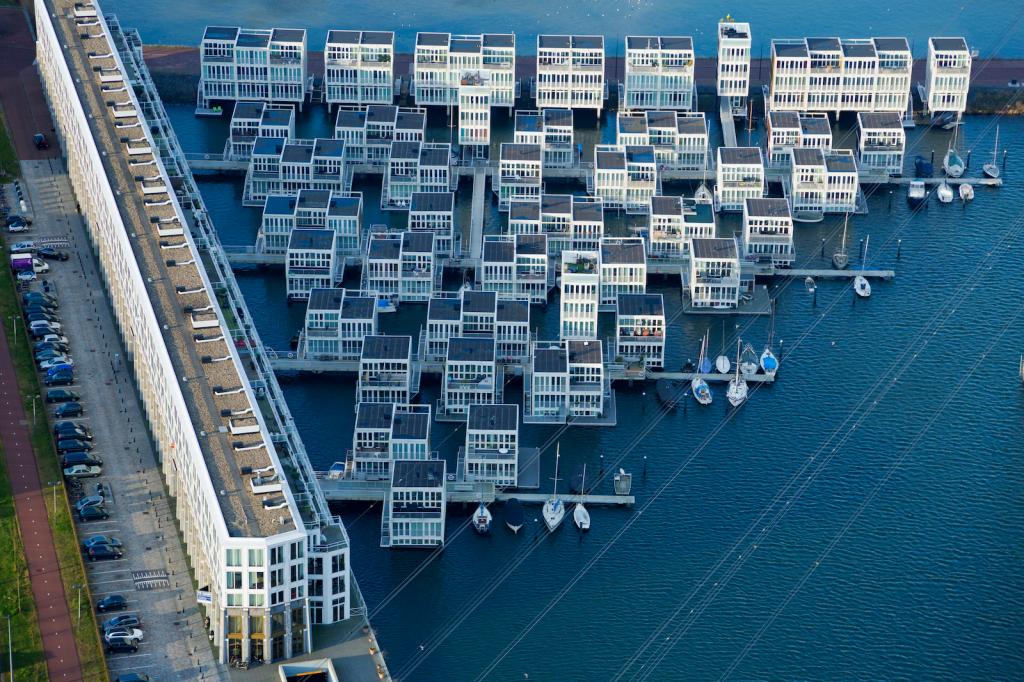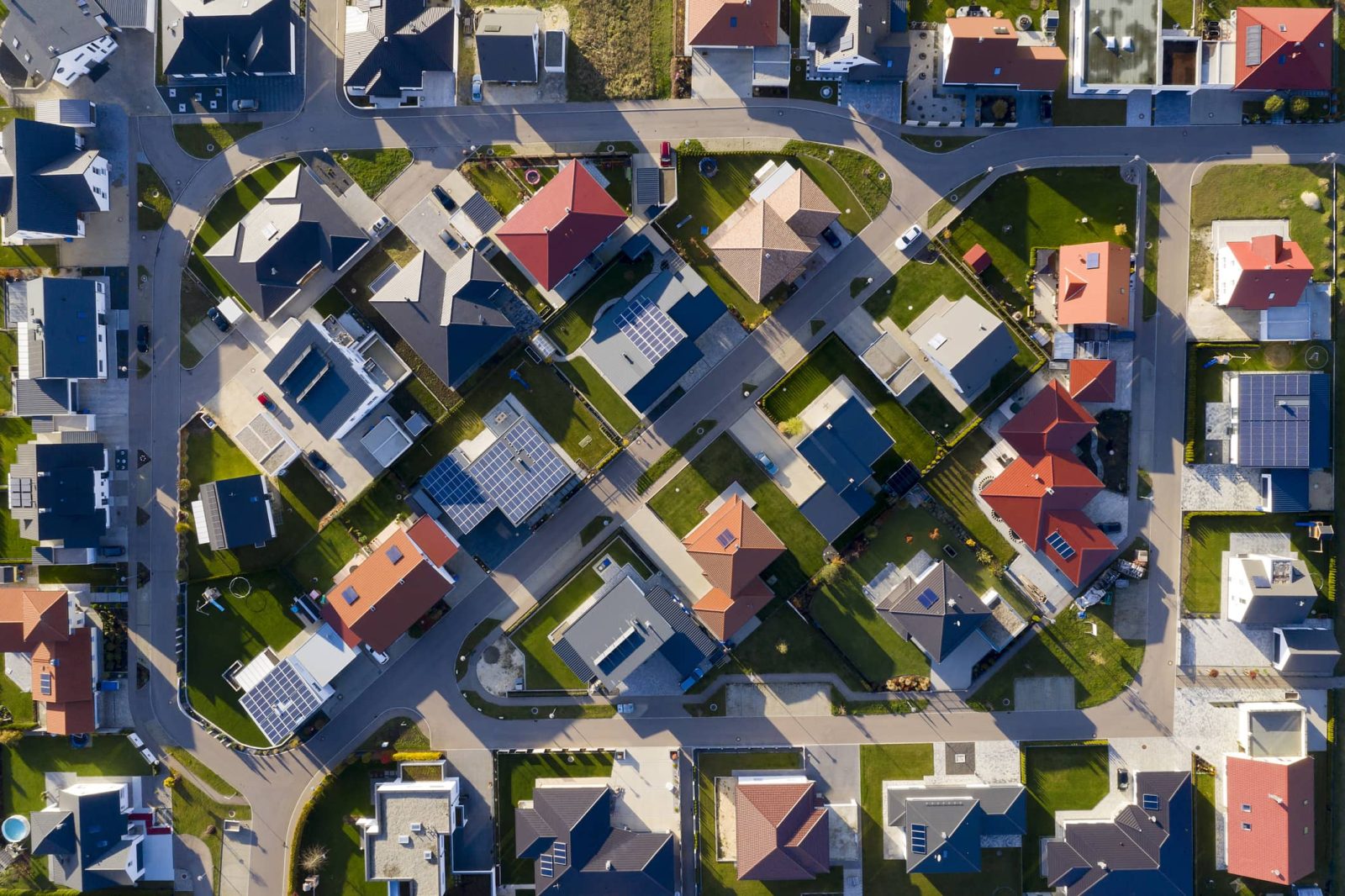Over the last few years, Freddie Mac has been cautiously dipping its toes into the green bond market. The government-backed mortgage company first issued green bonds for energy retrofits at apartment buildings in 2019. In 2021, it expanded into single-family homes, and earlier this month, the company announced it had sold $600 million in such bonds.
Freddie Mac and its sister company Fannie Mae own more than 60 percent of home mortgages in the country. The two firms purchase home loans from lenders, pool them into financial products called mortgage-backed securities, and sell them to investors. When the underlying homes are energy efficient or sustainable in some way, the products are referred to as green bonds. In general, green bonds are supposed to finance sustainable projects and investors likely expect that Freddie Mac’s green bonds drive investment in energy-efficient homes. But the devil is in the details.
For one, the Freddie Mac program enrolls mortgages for homes with rooftop solar panels. In states like California, all new construction must be built with rooftop solar. That means a mortgage for any newly constructed house in California would automatically qualify for Freddie Mac’s green program. It also recently began accepting homes with a rating of 60 or lower on the HERS index, an industry standard used to measure energy efficiency. The average rating for the approximately 300,000 homes that were rated in 2020 was 58.
A rating of 60 is a reasonable target compared to goals set by sustainability projects in the past, but it’s insufficient to reach the emissions reductions outlined in the Paris climate accord, said Jesse Keenan, an associate professor of real estate at Tulane University. “They need to be in the low 50s.”
The last decade has seen explosive growth in the green bonds market. With economic and regulatory pressure on companies to consider the environmental impact of their products, businesses have used the green bond market as one way to tout their sustainability credentials. For Fannie Mae and Freddie Mac, the incentive to roll out green products is also coming from the federal government. Last year, the Biden administration rolled out a roadmap to address climate risks in the financial system, including in housing markets.
However, with almost no regulation or policing of environmentally sustainable stocks and bonds, companies have defined their own standards. As a result, whether a green bond is truly financing climate-friendly projects is sometimes difficult to determine. For instance, a Grist investigation of Fannie Mae’s green bond program for apartment buildings found that about 20 percent of properties in the program saw its energy metrics either stagnate or decline after enrollment. And a recent Bloomberg report found that a prominent ratings company that sticks sustainability labels on stocks and bonds doesn’t actually measure the impact of the product on the planet.
Whether Freddie Mac’s program for single-family homes is driving investments in energy efficiency is unclear. The company has not released environmental metrics that can be used to assess the homes’ energy use before and after enrollment in its green bond program. According to a company report, it intends to publish an annual report with the environmental impact of the program, including “quantitative measures and aggregate program results.”
Frederick Solomon, a spokesperson for Freddie Mac, said the company has issued green bonds covering 2,454 mortgages so far and that all of them were cases in which borrowers had refinanced a loan that covered the purchase of solar panels. Solomon defended the use of the HERS index and noted that a Department of Energy review of energy codes in 39 states and Washington D.C. found that only Vermont had a code more stringent than a HERS rating of 60. Still, the company plans to review the threshold every three years, and HERS-scored mortgages will be included in bond issuances “in the near future,” he said.
Keenan said that the program likely provides “an improvement” in energy efficiency because the HERS index requires inspectors to survey the property and measure energy use. “That’s probably a good way to do it,” he said. Still, requiring a HERS rating of 60 or lower gave Keenan pause because it allows the average home in the HERS database to qualify for the green bond program.
It’s one of the reasons CICERO, a Norway-based ratings company that Freddie Mac hired to review its program, concluded that the green bonds “will likely have limited impact in terms of improving the energy efficiency of newly built HERS-rated homes in the US.” CICERO gave the program a “light green” rating, the lowest rating that indicates some measure of sustainability.
“It’s not a bad ambition level,” Christa Clapp, a managing partner and co-founder of CICERO, said of the program’s HERS target. “But it’s not necessarily linked with very substantial emission reductions right now.”



